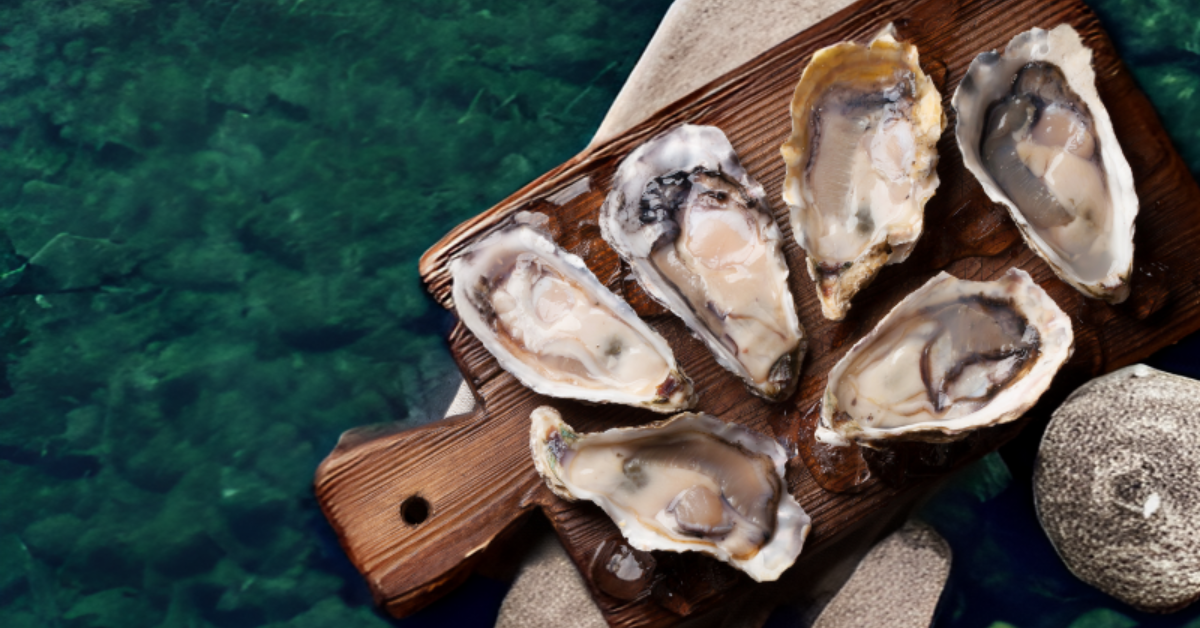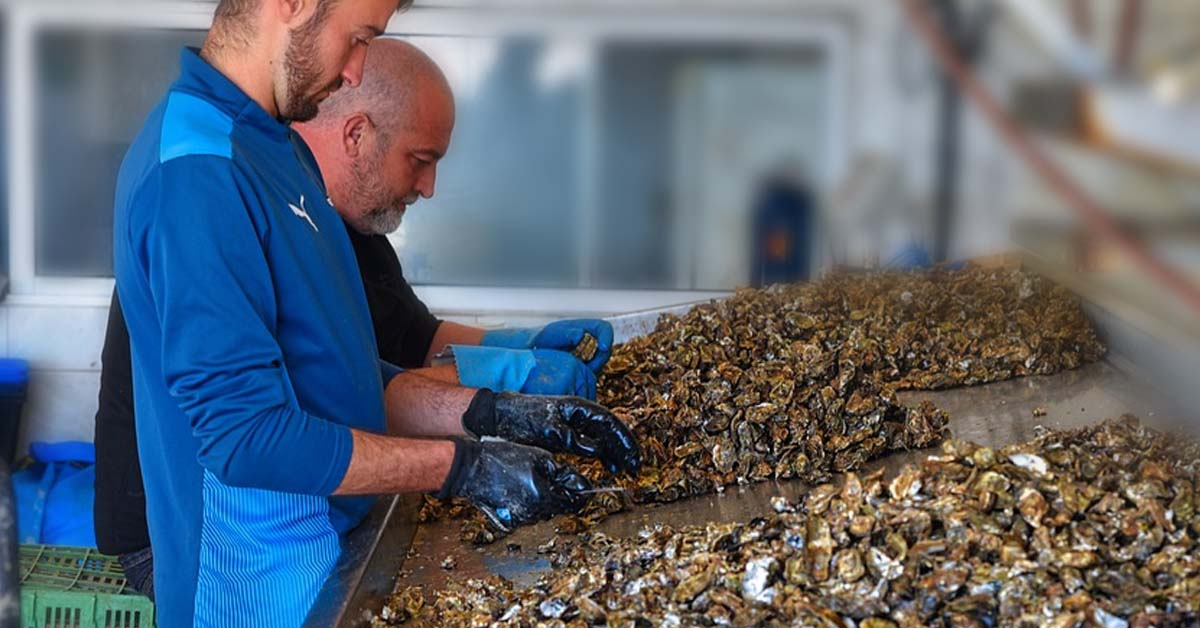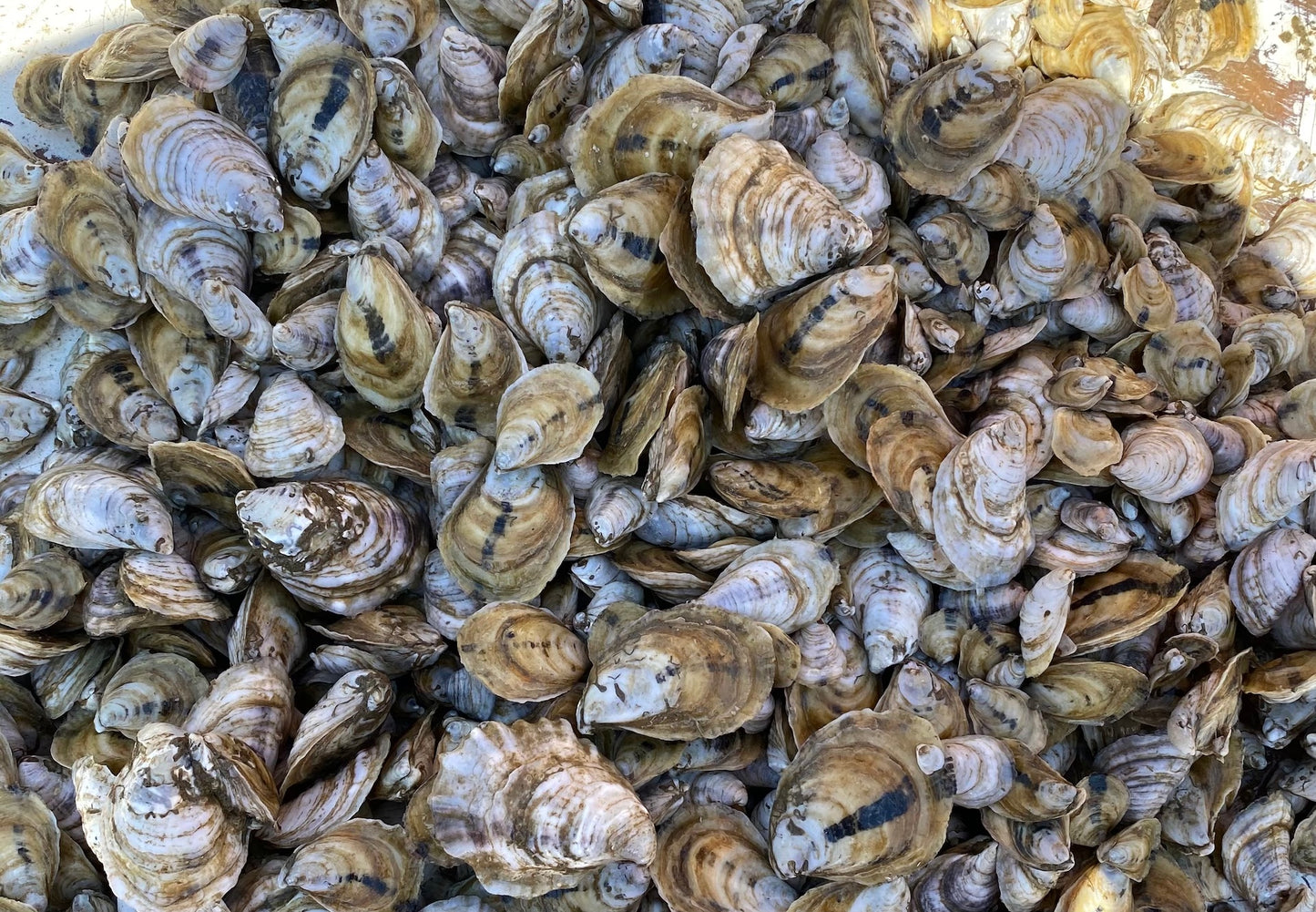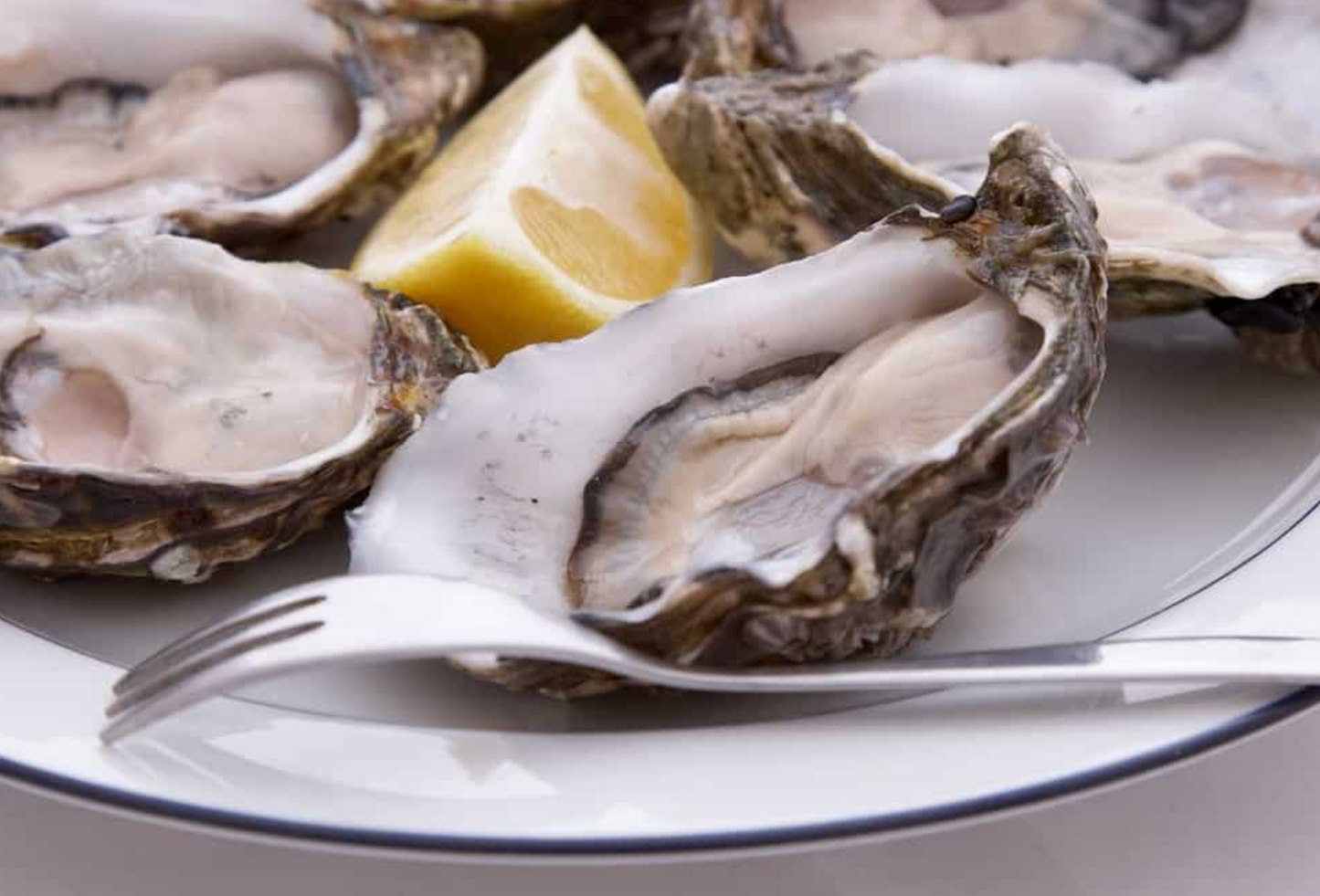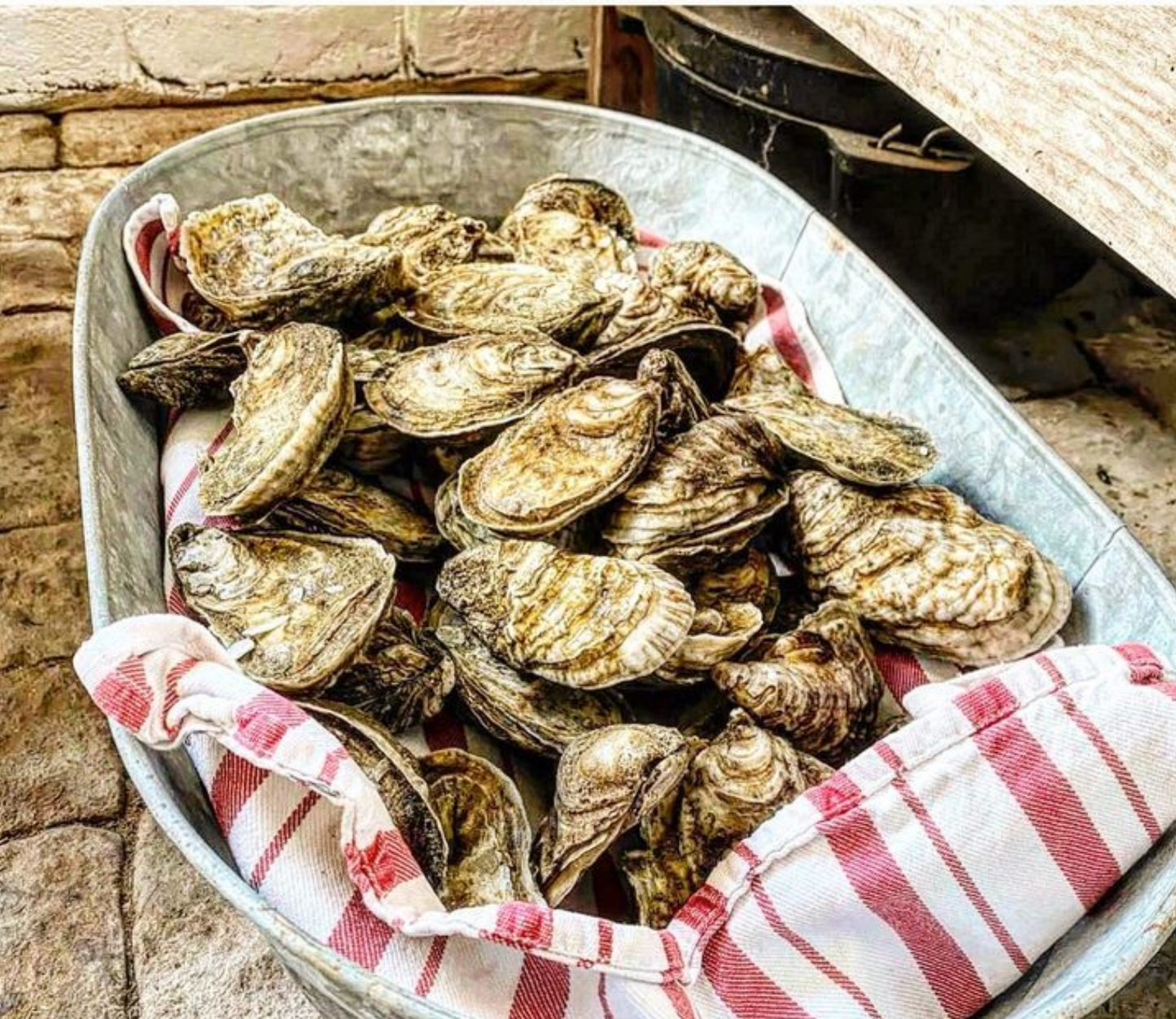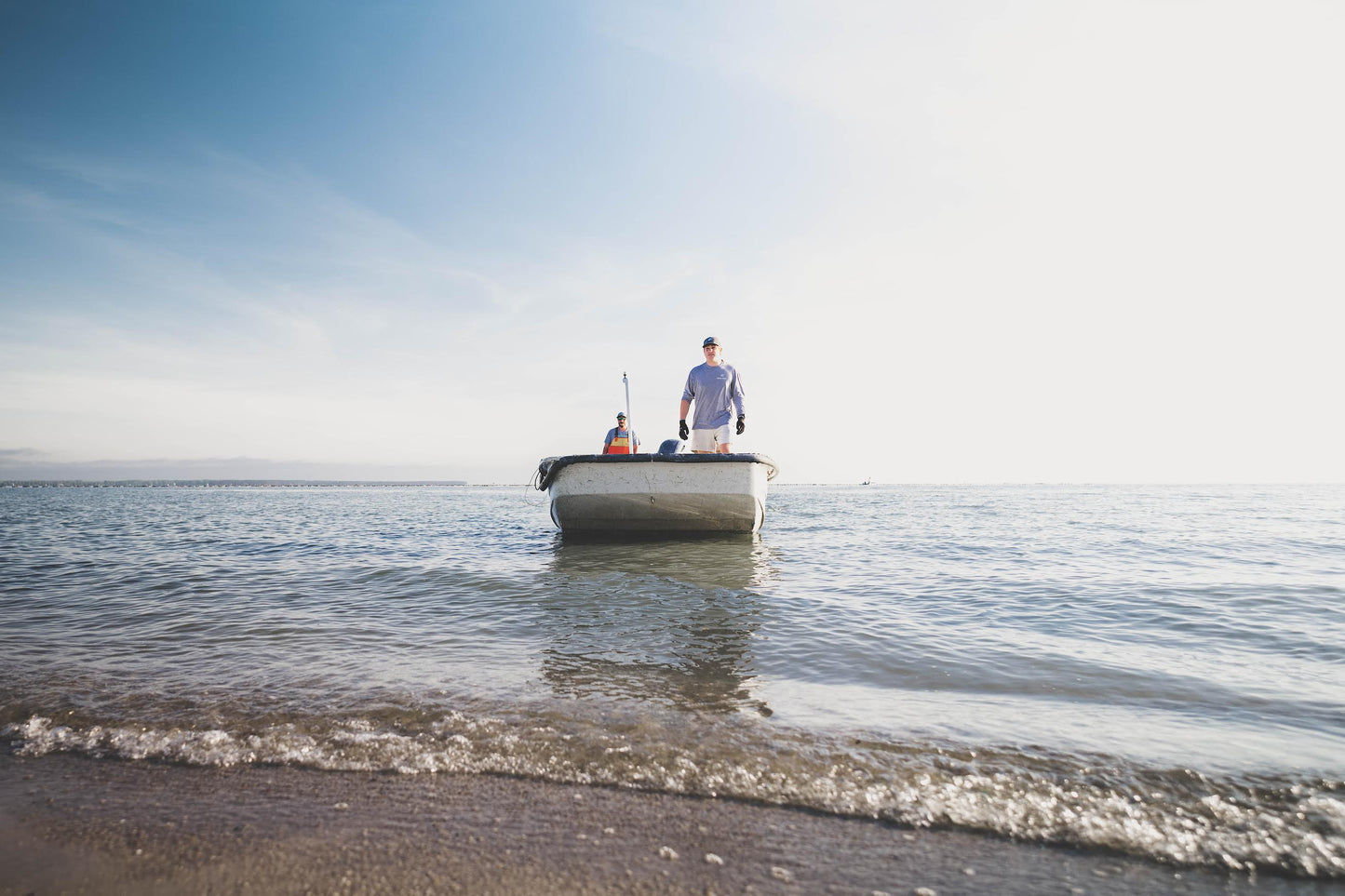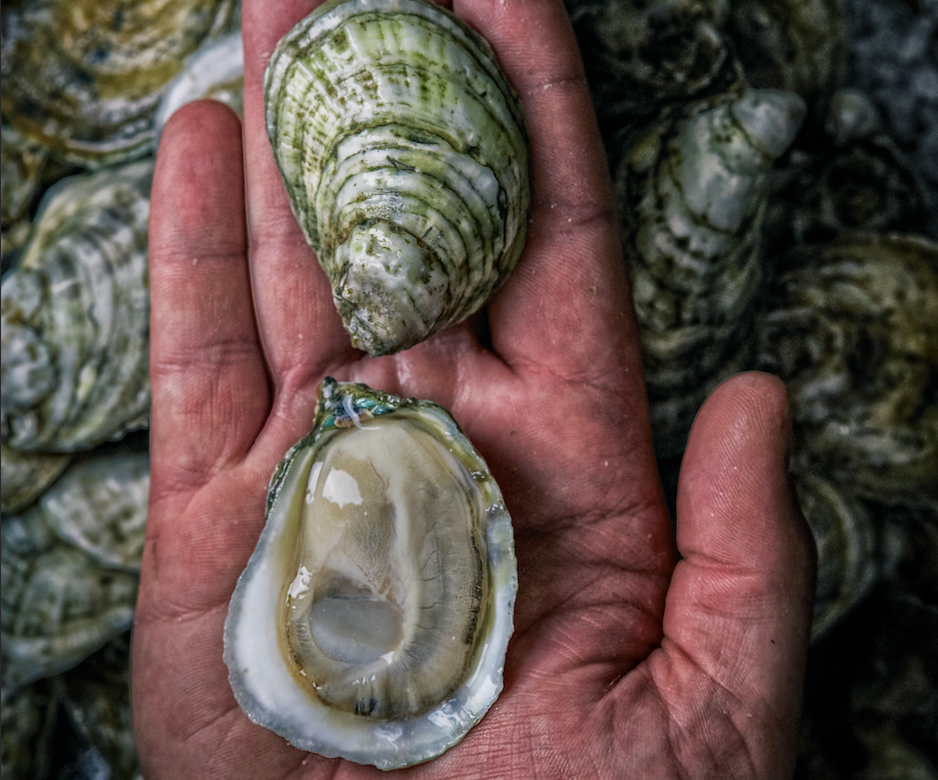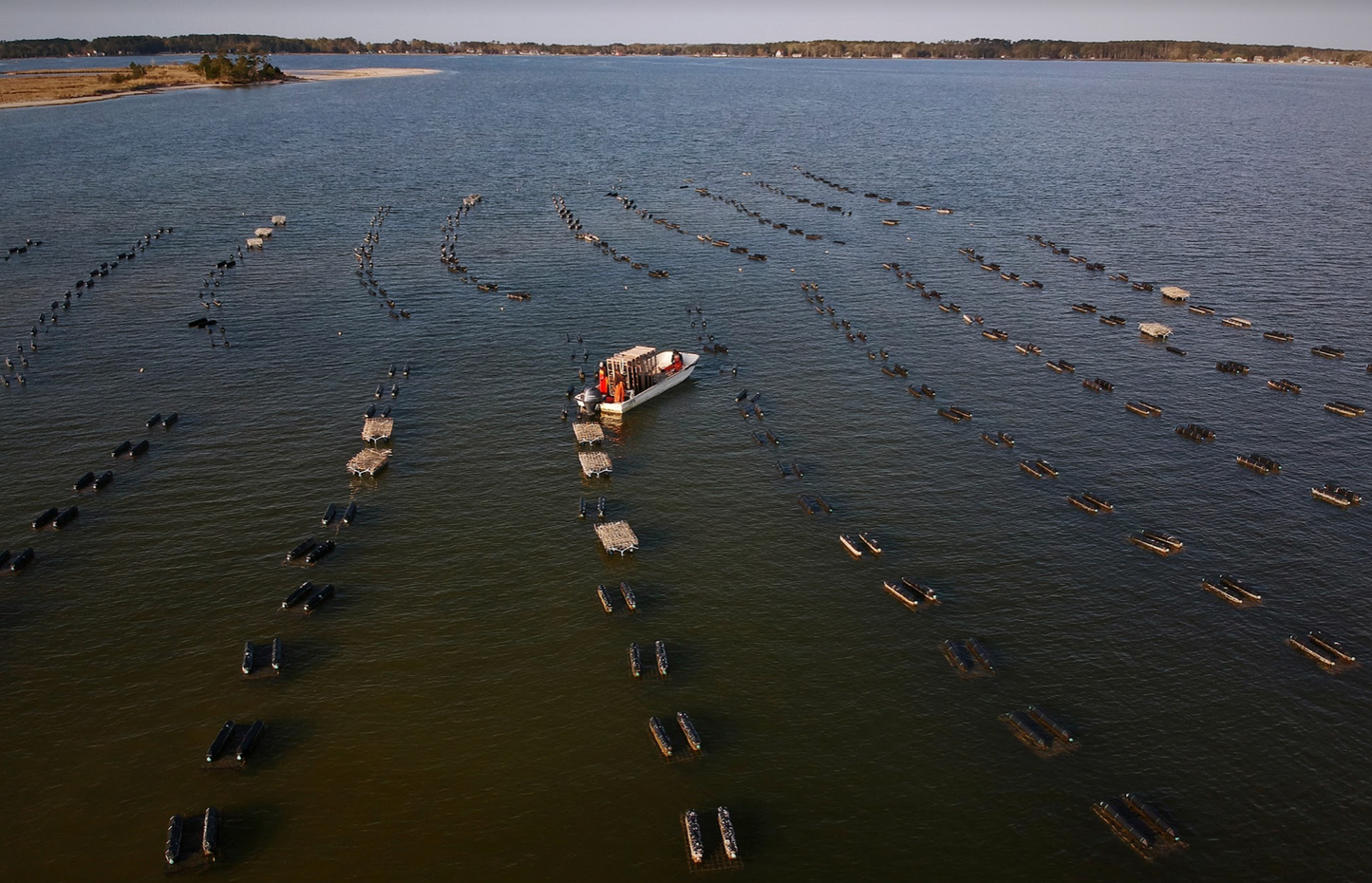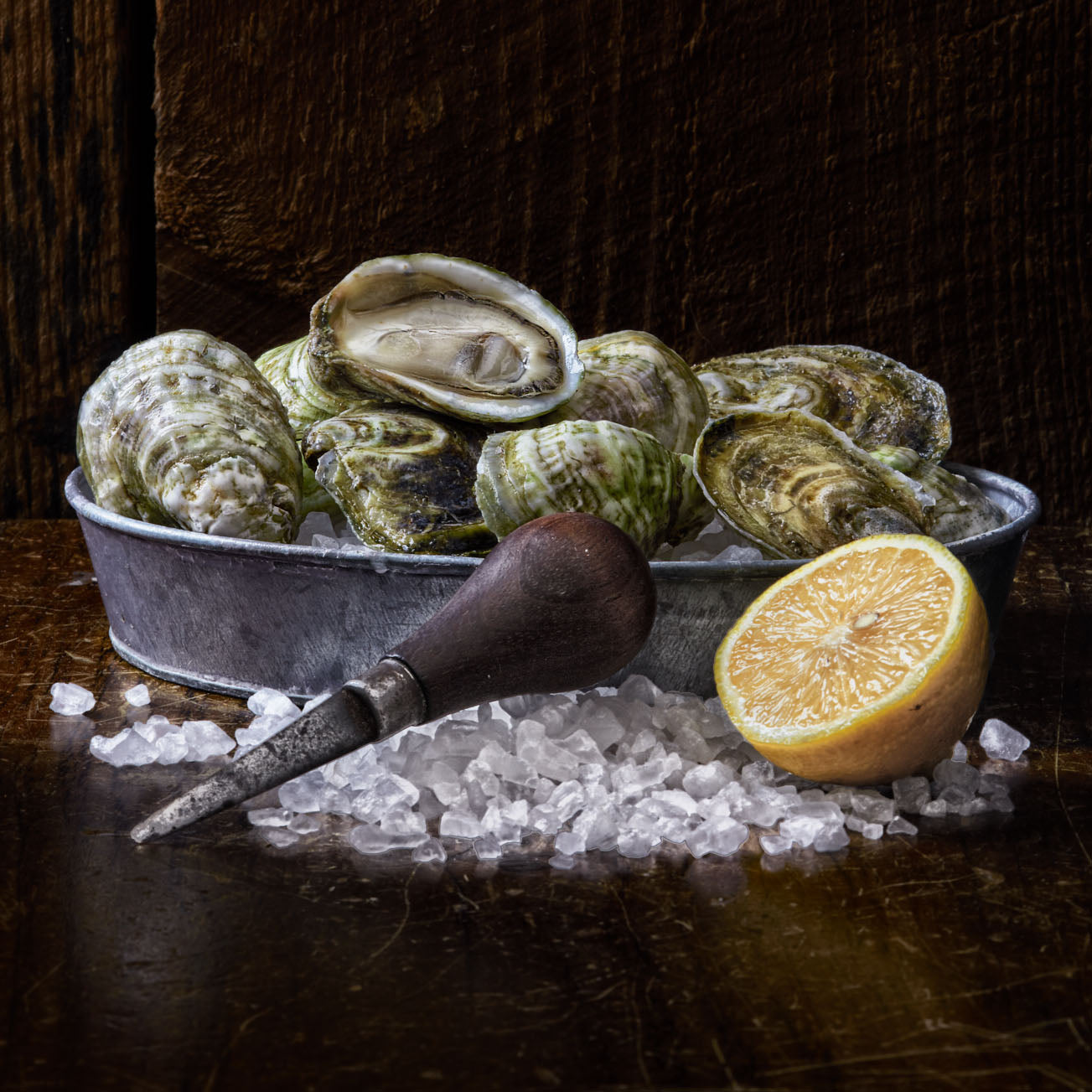Access Denied
IMPORTANT! If you’re a store owner, please make sure you have Customer accounts enabled in your Store Admin, as you have customer based locks set up with EasyLockdown app. Enable Customer Accounts
An Oyster Life (Blog) — Aquaculture
- 0 comments
- Tags: Aquaculture
Seasonal Sensations: How Oyster Flavor Evolves Throughout the Year
Oysters are a fascinating delicacy with flavors evolving throughout the year. In this article, we'll explore their seasonal sensations and highlight the Rappahannock River's unique habitat. We'll also unveil how oyster tastes change seasonally and share wine-pairing secrets that can make any event extra savory. Read on to discover how oysters are a year-round treat with deep, savory flavors. What Influences the Flavor of an Oyster? The flavor of an oyster is truly something special and comes from a mix of different factors. It matters what type of oyster it is, where it came from—whether it was farmed or caught...
- 0 comments
- Tags: Aquaculture
A Taste of the Sea: How Top-of-the-Water-Column Oysters Offer Superior Flavor
The briny taste of a fresh oyster shucked right from its shell offers a singular sensory experience unlike any other. For oyster lovers, that salty sweetness bursting with ocean essence epitomizes the flavor of the sea. But not all oysters taste the same. Their flavor profiles can vary dramatically based on the oyster's species, harvest location, and farming methods. We'll cover the basics of oyster farming, what makes top-of-the-water column oysters unique, and how to bring that fresh-shucked taste home through oyster kits. Keep reading to learn more. What Is Oyster Farming? Oyster farming involves cultivating oysters in controlled environments...
- 0 comments
- Tags: Aquaculture
The Cycle Of Life: How Oysters Reproduce
Spring is in full swing and life everywhere is blossoming–even under the water! If you follow us on social media, you may have seen Tom doing some quick videos recently on our growing operations on the farm. We thought it would be helpful to follow up with a little more in-depth look at how oysters reproduce. Oysters are bivalve mollusks that belong to the family Ostreidae. They can be found in various marine environments, including estuaries, bays, and intertidal zones. In the wild, oysters are broadcast spawners, which means that they release their eggs and sperm into the water column,...
- 0 comments
- Tags: Aquaculture
The Fascinating History of the Oyster Fork: From Ancient Rome to Modern Times
Have you ever sat down to eat oysters only to find yourself confronted by one of those funny little forks you typically only see in the movies? Have no fear, the oyster fork is here. While we prefer slurping oysters fireside with some good friends, sometimes the situation dictates that you enjoy your oysters in a more dignified way. In fact, the oyster fork has a storied history and has been used for centuries. The Origin of the Oyster Fork Ancient Rome The ancient Romans were known for their love of oysters and had a unique tool to eat them,...
- 0 comments
- Tags: Aquaculture
10 Oyster Facts That Will Blow Your Mind
Oysters are amazing creatures that have the ability to rebuild ecosystems, survive harsh storms, and fend off predators. They are beloved by many for their versatility in recipes and for their role in the health of the Chesapeake Bay. There are many interesting facts about oysters that can be shared at an oyster roast or any other occasion.
- 0 comments
- Tags: Aquaculture
Chasing Oyster Perfection With White Stone Founder, Tom Perry
Being on a farm, I tend to look at things by the season. Right now we are in the season of building. Planting today, to bear fruit tomorrow. Although this time of year the oysters themselves are not growing, we are investing to further our mission of growing the highest quality oysters possible. We have been doing this in a couple of strategic ways…. Since September we have been steadily adding more cage capacity to our farm. By doing this, we have increased our farm size by over 30%. What this does is allows us to grow more oysters while...
- 0 comments
- Tags: Aquaculture
The Mysterious World of Oysters: Myths, Facts & Interesting Trivia
Myths vs. Facts Few creatures on earth are as steeped in myth and legend as the oyster. For centuries, this humble mollusk has been the subject of tall tales, folklore, and superstition. But what is the truth behind these oyster myths? Let's take a closer look at some of the most popular oyster myths and see if we can separate fact from fiction. Myth #1: Oysters are an aphrodisiac One of the most persistent myths about oysters is that they have special powers when it comes to love and lust. The history of oysters as an aphrodisiac stretches back to...
- 0 comments
- Tags: Aquaculture
New Info on the Environmental Effects of Oysters
Everyone has an opinion about oysters. Whether you love eating them or not, it’s hard to deny their amazing impact on the areas where they’re grown. Unlike a lot of other animal agriculture, oysters actually help reduce emissions and the overall burden on ecosystems. This is due to the fact that they don’t produce methane during their digestive cycles. Unfortunately, oyster reefs are declining globally. For example oysters in our area, the Chesapeake Bay used to be so large that they would occasionally sink ships. Now, they have receded to the point that many farms and conservation groups, including White...
Invalid password
Enter

